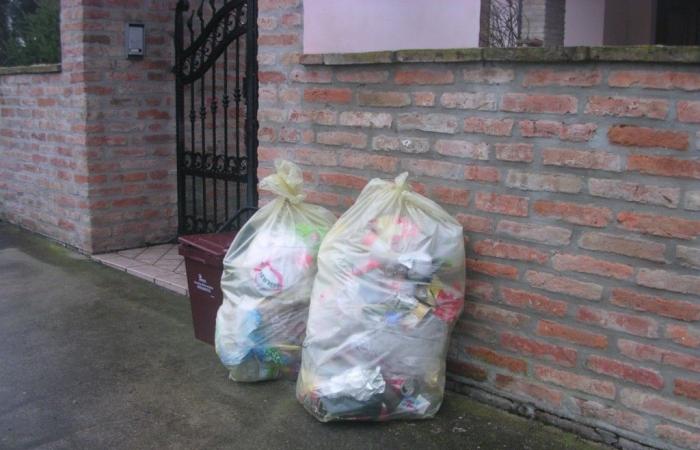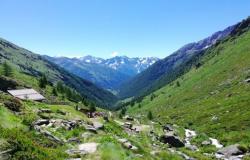Every waste in its place: kitchen scraps in the organic waste, newspapers and cardboard boxes in the paper, bags for chips and sweets in the plastic, and so on. In Emilia-Romagna, separate waste collection continues to grow: in 2023, according to data from the annual report edited by the Region in collaboration with Arpae, it reached 77.2%, with a +3.2% compared to the year previous (2022). This figure is in line with both regional planning and the provisions of the Pact for Work and the Climate.
At provincial level, the average data recorded sees Reggio Emilia reach 83.3% (+1%) of separate waste collection; Forlì-Cesena 81.7% (+5.0%), Parma 79.6% (+0.3% compared to 2022). Followed by Modena, with 78.7% (+6.2%), Ravenna with 78.3% (+7.8%), while Ferrara remains essentially stable at 77.2% (+0.1% compared to 2022 ). Bologna reaches 73.6% (+4.3%), Piacenza 73% (+0.6%) and Rimini 68.8% (+0.6%).
Among the provincial capital municipalities, Ferrara is at the top of the list, with 87.9% of separated waste.
They are followed by Reggio Emilia (83.9%), Forlì (81.9%), Parma (80.9%), Ravenna (76.0%), Modena (73.4%), Bologna (72.9%), Piacenza (71.3%) and Rimini (65.8%). Also noteworthy is the result achieved by 143 municipalities (43.3% of the total) that have reached or gone beyond 80% of separate waste collection; 34 municipalities (about 10%) have exceeded the 90% threshold.
“An excellent result – commented Irene Priolo, vice president of the Region with responsibility for the Environment, during the press conference – which confirms the effects of our planning, with the regional waste management plan and for the remediation of polluted areas on the third year. Despite the difficulties linked to bad weather and the flood of last May – continued Priolo -, the data reveal a significant growth trend in waste separation. And this is thanks to the precious contribution provided by all citizens, who are increasingly aware of being able to make a difference in reducing environmental pollution and promoting a sustainable lifestyle, but also by the productive world”.
“The first tender promoted by the Region was aimed precisely at this area – added the vice-president – to concretely implement the principles of the circular economy and concretely accompany the transition towards a new development model, based on overcoming the concept end of life of the material: 75 requests for contributions have been submitted, the evaluation is underway, we are awaiting the results”.
Biodegradable waste from the kitchen (such as vegetable and fruit scraps, food leftovers) and “green” waste from the garden (prunings, leaves and grass cuttings). With regard to the different types of waste disposed of separately, in 2023 in the region the highest percentage of waste sorted concerned the organic fraction (36.7%); followed by paper (18.7%), glass (9.1%), wood (8.5%), plastic (8.0%) and bulky waste (4.5%).
As regards provincial capitals and coastal territories, 10 Municipalities (out of a total of 23) have reached the objective of 79% of separate waste collection set by the Prrb for 2025. On the other hand, 80 (out of a total of 180) are the municipalities in the plains that have exceeded the target of 84% defined for this territorial area; finally, 44 (out of a total of 127) are the local authorities located in mountain areas that have reached the objective of 67%.






